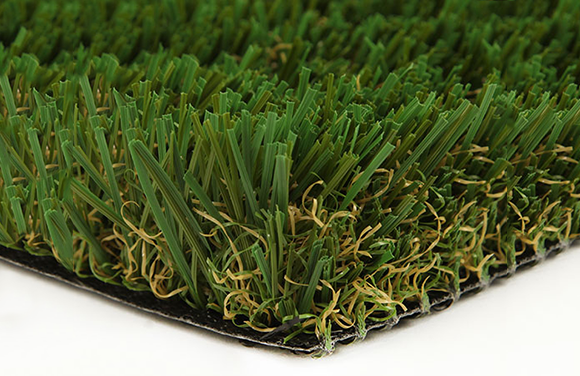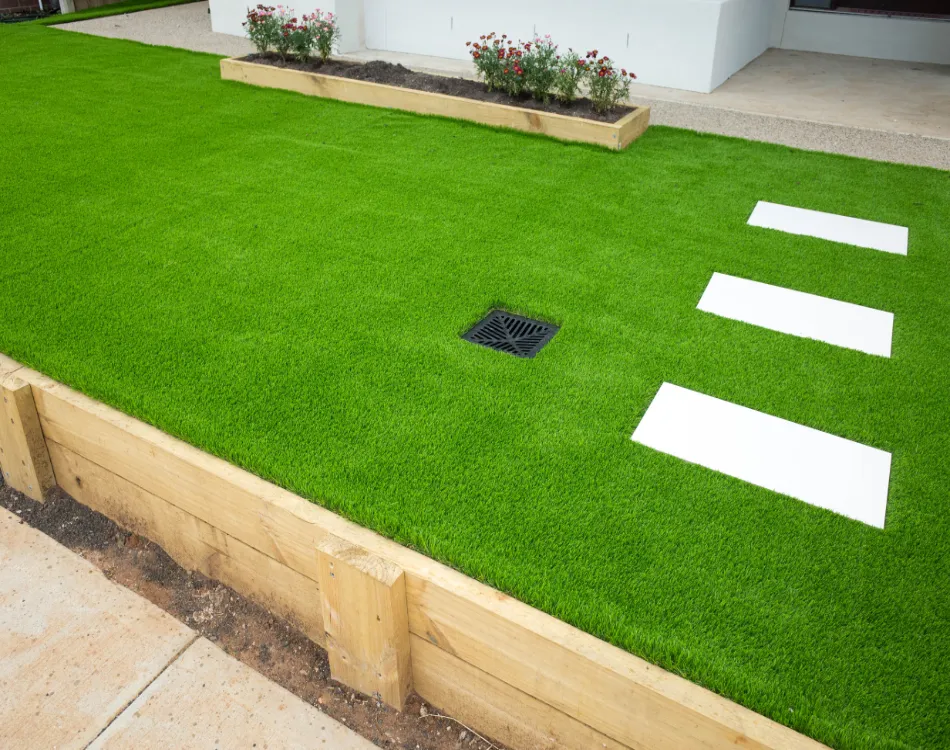Leading Phoenix Turf Companies Offering Superior Synthetic Lawn Products
Look Into the Environmental Perks of Opting for Synthetic Grass Solutions
The adoption of artificial turf solutions offers an engaging chance to attend to pressing environmental obstacles. By considerably decreasing water use and reducing the application of hazardous chemicals, these alternatives not just promote lasting landscaping yet also shield regional communities. The lower carbon impact linked with reduced maintenance tasks contributes to an extra sustainable approach to land administration. Nonetheless, the ramifications of these advantages prolong beyond plain preservation efforts, questioning concerning their lasting impact on environment preservation and overall eco-friendly balance. Discovering these dimensions exposes an intricate interaction worth considering.
Water Conservation Perks
One of the most substantial benefits of artificial turf is its capability to conserve water. In contrast, synthetic lawn does not require watering, significantly reducing the overall demand for water sources.
By getting rid of the need for normal watering, man-made lawn contributes to lasting landscape practices and assists mitigate the environmental influence of extreme water intake. The conservation of water expands to the reduction of runoff, which can lead to dirt disintegration and waterway contamination.
In addition, the installation of synthetic grass permits municipalities and home owners to assign water sources a lot more efficiently, concentrating on vital uses such as drinking water and agriculture. The shift towards artificial turf not only promotes liable water use however likewise aligns with broader ecological objectives targeted at preserving natural deposits.
As neighborhoods progressively prioritize sustainability, the water preservation advantages of man-made turf offer a compelling instance for its fostering in business and household landscaping jobs.
Lowered Chemical Use
The change to synthetic grass dramatically lowers the dependence on chemical therapies commonly utilized in natural yard maintenance. Conventional turf monitoring usually involves the application of herbicides, plant foods, and chemicals to advertise development and control parasites. These chemicals can posture threats to human health, regional wild animals, and the atmosphere, adding to soil and water contamination.
In comparison, artificial grass gets rid of the demand for these unsafe compounds. Once set up, it requires marginal maintenance, largely including routine cleaning and infrequent infill replenishment. This reduction in chemical usage not only profits the immediate setting yet also adds to more comprehensive environmental security. By lessening the release of artificial compounds into the ecological community, synthetic grass advertises much healthier soil and water supply.
Moreover, the lack of chemical overflow associated with fabricated turf installations helps secure regional waterways from pollution, supporting water life and keeping biodiversity. Phoenix turf companies. As areas progressively focus on sustainable techniques, selecting synthetic grass offers a feasible option that straightens with environmental conservation goals. Through this shift, homeowner can delight in rich eco-friendly areas without endangering environmental health and wellness, leading the way for a more lasting future
Reduced Carbon Footprint

Additionally, the installment of synthetic grass can cause significant water conservation. All-natural lawns need substantial amounts of water for irrigation, which not just contributes to the carbon impact connected with water removal and treatment however likewise stress regional water resources. In comparison, fabricated turf needs marginal upkeep, needing no watering, thereby substantially minimizing water use and its connected energy expenses.
Furthermore, the durability this article of man-made lawn adds to its lower carbon influence. With a lifespan of up to 15 years or even more, the need for constant substitutes is decreased, leading to much less waste and lower energy consumption in production and throwing away traditional yard alternatives. a knockout post In general, fabricated lawn provides a sustainable alternative for eco mindful landscaping.
Environment Conservation
Habitat conservation is a critical factor to consider in the debate over landscaping options, especially when contrasting fabricated turf to natural yard. Natural grass lawns usually need considerable upkeep, including the usage of herbicides, plant foods, and pesticides, which can detrimentally affect neighborhood communities. These chemicals can leach right into the dirt and rivers, hurting native flora and animals and interfering with neighborhood environments.
Man-made turf removes the requirement for dangerous chemicals, thus protecting neighboring wild animals and preserving the honesty of bordering ecosystems. The installment of fabricated turf can lead to the conversion of former yard areas into even more biodiverse landscapes, such as pollinator gardens or indigenous plant areas, which can support local wild animals.
Eventually, the change to synthetic lawn not only saves water and lowers upkeep efforts however likewise fosters a more unified connection between human activities and the native environment, advertising environment conservation at the same time.
Long-Term Sustainability
Lasting sustainability is an essential aspect in reviewing the benefits of synthetic grass over typical grass lawns. Among one of the most considerable advantages of synthetic grass is its durability; it can last approximately 15-20 years with very little maintenance, whereas all-natural turf requires constant reseeding and replacement. This longevity minimizes the need for consistent sources, such as water, fertilizers, and pesticides, which are important for preserving a healthy and balanced yard lawn.
In addition, fabricated lawn adds to a reduction in carbon emissions connected with yard treatment tools. Traditional grass usually call for gas-powered mowers, leaners, and blowers, every one of which contribute to air contamination. Turf installation phoenix over here az. On the other hand, synthetic turf removes the requirement for such devices, promoting a cleaner atmosphere
Furthermore, the manufacturing of synthetic lawn significantly utilizes recycled materials, boosting its sustainability account. As suppliers embrace environmentally friendly methods, the ecological impact of synthetic grass proceeds to decrease.

Verdict
The fostering of synthetic grass services presents substantial ecological advantages, including substantial water conservation, reduced reliance on damaging chemicals, and a lower carbon footprint. Furthermore, synthetic grass help in preserving all-natural environments by lessening land disturbance and promoting long-term sustainability with the use of sturdy materials. Collectively, these elements emphasize the possibility of synthetic grass to contribute favorably to ecological health and wellness and use a practical option to traditional landscape design techniques in a progressively resource-conscious globe.
In contrast, synthetic lawn does not require watering, substantially lowering the overall demand for water sources. By decreasing the launch of artificial compounds into the ecological community, synthetic grass advertises much healthier soil and water systems.
Additionally, the installment of synthetic grass can result in considerable water conservation. In contrast, synthetic grass requires very little upkeep, calling for no watering, therefore significantly reducing water usage and its associated energy costs.
